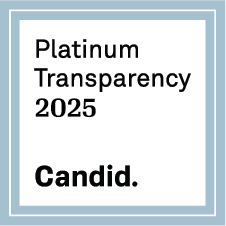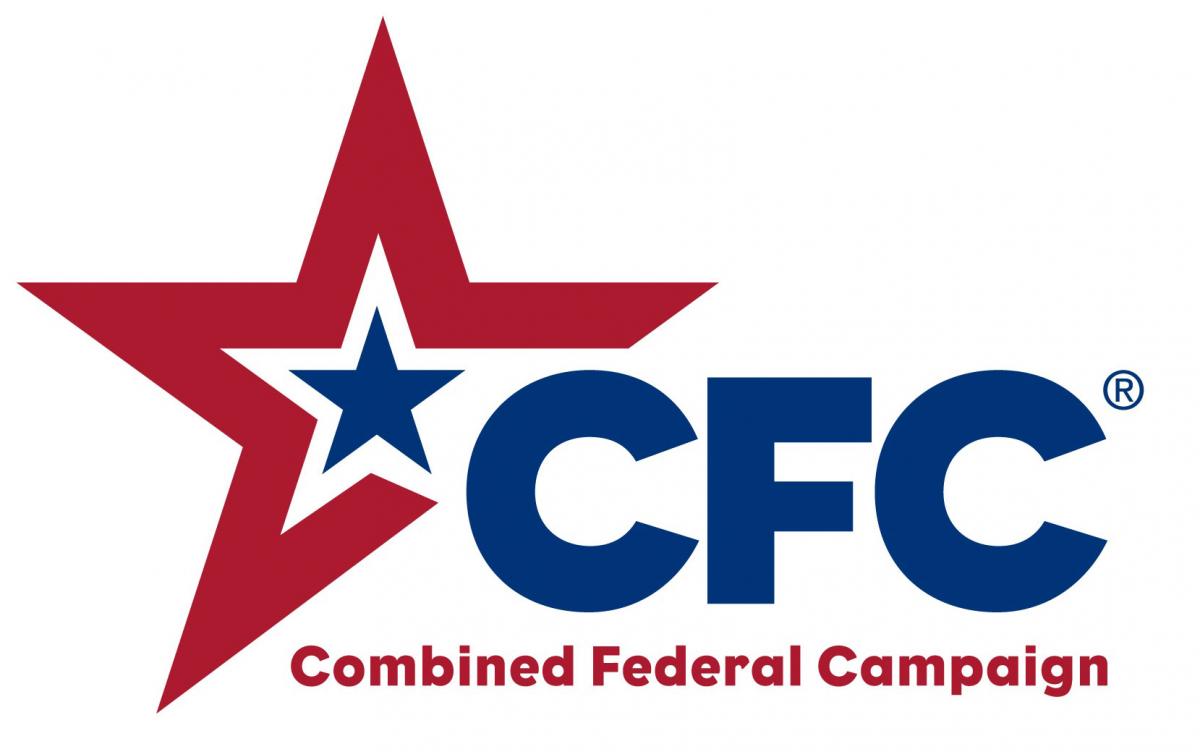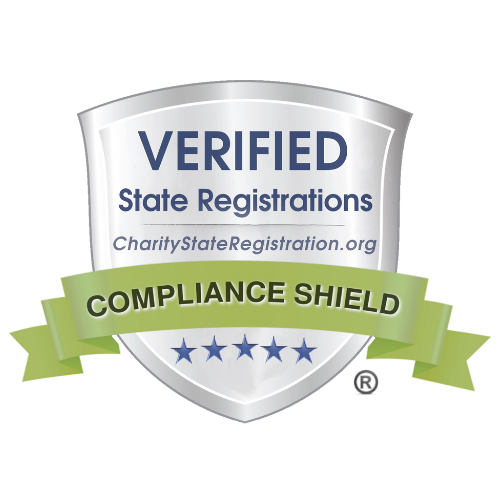DHS Finalizes Public Charge Rule
Last Updated
Topics
The Department of Homeland Security (DHS) announced its much-anticipated version of its final changes to the public charge ground of inadmissibility. The agency has targeted an implementation date of October 15, 2019 when the new regulations will take effect. The following summary is based on language in a pre-publication version that was made available to the public today. DHS has published the final rule on public charge in the Federal Register on Aug. 14, 2019.
The new public charge rule and procedure will affect applications filed or postmarked (or, if applicable, submitted electronically) on October 15, 2019. Applications and petitions already pending with USCIS on the effective date of the rule (postmarked and accepted by USCIS) will be adjudicated based on the current public charge standard. Although the published rules refer to public charge inadmissibility adjudications by USCIS, the Department of State is expected to adopt these same standards to apply to those applying for immigrant and nonimmigrant visas abroad.
Advocacy groups have announced plans to challenge many of the changes in federal court, so it is unclear when or if some of the more controversial portions will go into effect.
The agency published proposed regulations on October 10, 2018, which started a 60-day public comment period. The agency received over a quarter of a million comments, the vast majority of which opposed the announced changes. Advocacy groups and individuals objected to the expanded definition of public charge, the inclusion of new public benefit programs whose possible receipt could be considered, and the interpretation or definition of the five statutory factors. The following is a summary of the anticipated final regulation and the change to current policy.
The term “likely at any time to become a public charge,” which is a ground of inadmissibility found in INA § 212(a)(4), has been redefined in four important ways. First, instead of being applied to those who might become “primarily dependent” on a designated list of state and federal programs, it is to be applied to those who are more likely than not to receive any of these benefits for more than 12 months in the aggregate within any 36-month period.
Second, DHS has expanded the list of identified programs that can be considered when applying the public charge “totality of the circumstances” test. Prior to the regulation becoming final, the agency could only consider receipt of three cash assistance programs—Supplemental Security Income (SSI), Temporary Assistance to Needy Families (TANF), and state general relief or general assistance—as well as a Medicaid program that covers institutionalization for long-term care. The final regulation adds five new programs: non-emergency Medicaid; Supplemental Nutrition and Assistance Program (SNAP, formerly food stamps); Section 8 Housing Choice Voucher Program; Section 8 Project-Based Rental Assistance; and Public Housing. Benefits received by the applicant’s U.S. citizens children or other family members are not considered in determining whether the applicant is likely to become a public charge. Benefits received by an individual who was not subject to the public charge ground of inadmissibility when the benefits were received are also not considered.
Third, in determining public charge inadmissibility, the regulation shifts attention away from the petitioning sponsor’s income as reported on the affidavit of support and re-directs it to the five statutory factors: the applicant’s age, health, family status, assets/resources/financial status, and education/skills. Adjudicators will assign weight—negative and positive, as well as heavily negative and heavily positive—to these five factors to determine whether the applicant passes the public charge test. All adjustment of status applicants will need to be complete a declaration of self-sufficiency form and support it with documentary evidence.
Finally, the regulation allows for the posting of a public charge bond for applicants who, in the opinion of the USCIS or State Department, might otherwise fail the public charge test.
Likely Receipt vs Primarily Dependent
The final rule vacates a 1999 agency memorandum, field guidance, and proposed rule and replaces it with one that substantially broadens the definition of public charge. An applicant will now be inadmissible based on public charge if he or she is “more likely than not at any time in the future to receive one or more [of nine designated] public benefits…for more than 12 months in the aggregate within any 36-month period.” The prior interpretation considered whether the applicant was likely to become “primarily dependent” on government services or rely on these programs for more than half of their income or support. To merely receive benefits from one or more of the programs is a much lower standard. This is significant because the five added programs address health, nutrition, or housing needs, rather than income maintenance. Receipt of these new benefits would not have been defined as making the recipient “primarily dependent” on the government.
Five New Public Benefit Programs and Form I-944
The final rule expands on the prior list of cash programs—SSI, TANF, Medicaid for long-term care, and state general assistance—and identifies five non-cash programs. It exempts receipt of public benefits by members of the U.S. armed forces serving in active duty or in any of the Ready Reserve components. It also would not consider Medicaid benefits received by foreign-born children of citizen parents who will be deriving citizenship under the Child Citizenship Act. Additionally, the new public charge test does not assign negative weight to U.S. citizen children or other family members’ receipt of benefits.
The first four programs will be considered if the applicant is currently receiving or has received them in the past; the last five will be considered if received by the applicant starting on October 15, 2019. The following nine benefit programs are:
- SSI
- TANF
- State general relief or general assistance
- Benefits provided for institutionalization for long-term care
- Medicaid (except for “emergency Medicaid,” certain disability services related to education, school-based services or benefits to children below the oldest age set for secondary school education; benefits received while under age 21; and pregnancy benefits including 60 days post pregnancy)
- Supplemental Nutrition Assistance Program (SNAP, formerly food stamps)
- Section 8 Housing Choice Voucher Program
- Section 8 Project-Based Rental Assistance, and
- Public Housing.
The final rule does not include receipt or potential receipt of the following benefit programs:
- Emergency medical assistance
- Disaster relief
- National school lunch or school breakfast programs
- Foster care and adoption
- Head Start
- Child Health Insurance Program
- Earned Income Tax Credit or Child Tax Credit
Five Statutory Factors
Under the new regulations, USCIS officers will scrutinize the applicant’s current and estimated income, job history, job skills, health status, assets, household size, and current or history of public benefits receipt. The following is a summary of how the agency defines these five statutory factors.
- Age: applicants younger than 18 or older than the minimum early retirement age for Social Security will need to demonstrate why their age will not impact their ability to work.
- Health: applicants who have any medical condition will need to show whether it affects their ability to work, attend school, or care for themselves. In making this determination, USCIS will generally defer to civil surgeon or panel physician report.
- Family status: DHS will determine the applicant’s household size based on the new household definition at 8 CFR § 221.21(d). Under this definition, the household includes dependents and persons providing the applicant with more than 50 percent of their support.
- Assets, resources, and financial status: DHS will consider whether the annual household income of the applicant is at least 125 percent of the Federal Poverty Guideline (FPG) using the new household definition. Assets may be considered to make up an income shortfall. If the applicant is the spouse or child over age 18 of a U.S. citizen, assets must equal three times the income shortfall; for most others, the value of assets must equal five times the difference between required household income and actual household income. Their financial status will also be measured by considering any civil liabilities, past application or certification for, or receipt of public benefits, receipt or application for a fee waiver for an immigration benefit after the effective date of the regulations, credit history and credit score.
- Education and skills: DHS will consider whether the applicant has adequate education and skills to either obtain or maintain lawful employment with an income sufficient to avoid becoming a public charge. Factors include employment history, education level (high school diploma or GED, or higher education degree); occupational skills and licenses, English proficiency; and status of the applicant as a primary caregiver to another individual in the household.
In addition to these five statutory factors, DHS will also consider the applicant’s prospective immigration status and expected period of admission, i.e. whether the applicant is seeking admission as an immigrant or nonimmigrant. Where an affidavit of support is required, DHS will consider the likelihood that the sponsor will actually provide the statutorily-required amount of financial support
Any of the following will be considered a “heavily weighted negative factor” if the applicant:
- Is not a full-time student and is authorized to work, but currently unemployed.
- Is currently receiving, or certified or approved to receive one or more of the designated public benefits above the threshold.
- Has been diagnosed with a medical condition that is likely to require extensive medical treatment or institutionalization or will interfere with the ability to work, attend school or care for himself or herself, and the applicant is uninsured and has no prospect of obtaining private health insurance or financial resources to pay for reasonably foreseeable medical costs.
- Has previously been found inadmissible or deportable based on public charge.
Either of the following will be considered a “heavily weighted positive factor” if:
- The applicant’s household has income of at least 250 percent of the FPG for the household size.
- The applicant is authorized to work, is gainfully employed, and has an income of at least 250 percent of the FPG.
- The applicant has private health insurance, not including insurance for which the applicant received subsidies in the form of premium tax credits under the Patient Protection and Affordable Care Act.
Receipt of the SSI, TANF and long-term institutionalization benefits before October 15, 2019 will be considered a negative factor, but not a heavily weighted one. DHS will not consider receipt of any other of the nine public benefits before October 15, 2019 as a negative factor.
Posting of Public Charge Bonds
The statute allows for the posting of a public charge bond in situations where the applicant needs to assure the USCIS or State Department that he or she will not become a public charge. But during the last 20 years, the posting of such bonds has been extremely rare. The final rule details the procedure for the posting and canceling such bonds with the implication that they may become a common occurrence. Applicants who are initially determined likely to become a public charge by the USCIS may be offered the opportunity to post a public charge bond of at least $8,100. The bond may be cancelled only upon the immigrant’s death, permanent departure, five years as a lawful permanent resident, or naturalization. The bond will be considered breached if the immigrant receives any of the nine cash or non-cash programs identified above for more than 12 months in the aggregate within any 36-month period.
Impact on Lawful Permanent Residents
The final DHS rule does not change the public charge ground of deportability, so lawful permanent residents (LPRs) will generally not be affected now by their receipt of public benefits identified in the newly-expanded list of programs. Nor would they be subject to any new scrutiny in their application for naturalization. LPRs can be subject to the new rules, however, in circumstances where they are considered applicants for admission, which includes returning to the United States from a trip abroad in excess of 180 days. In addition, the Department of Justice intends to publish a regulation that would make it easier for the agency to deport non-citizens who have become a public charge within five years of entry based on conditions existing at the time they were last admitted. That proposed regulation has been sent to the Office of Management and Budget and is awaiting clearance and publication in proposed form.
Ongoing Updates
In the days and weeks to come, CLINIC will continue to provide analysis and practical advice about the interpretation and implementation of the new regulations through practice advisories, webinars, and practitioner tools for working with clients.





